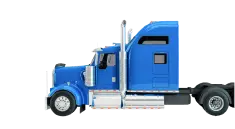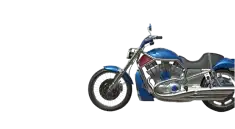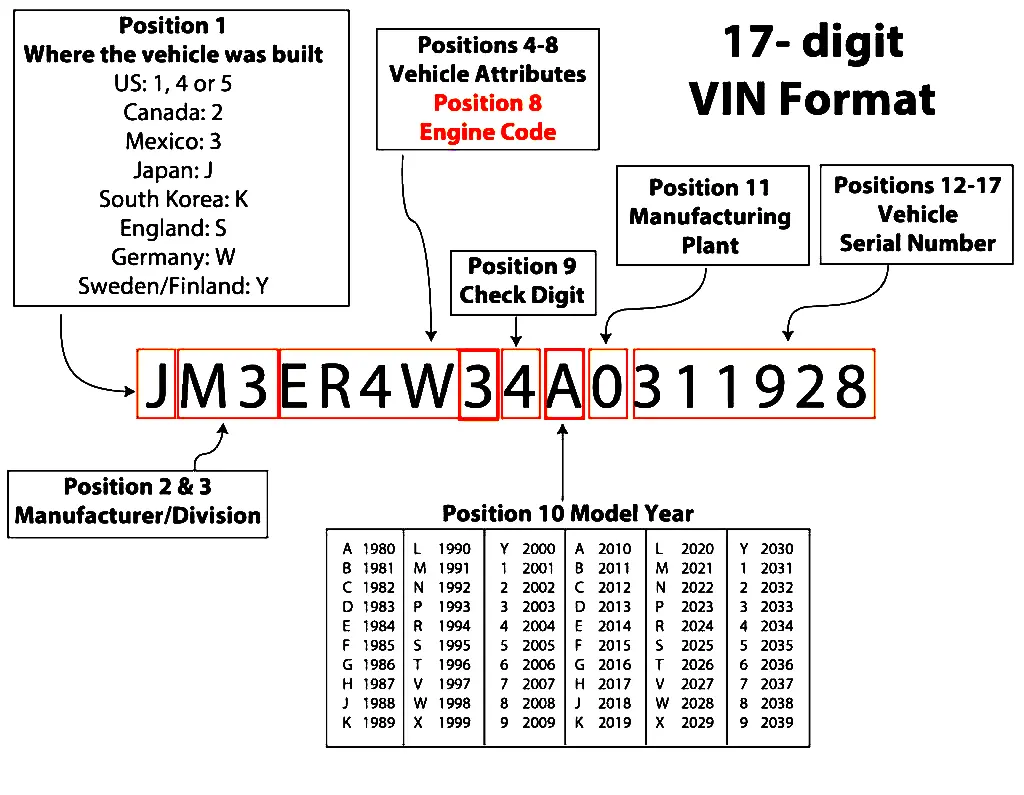Vehicle VIN Details Info
Decode Your Vehicle VIN Number For Free
- Enter Your Vehicle VIN Number
- VIN NO Enter After Click Search Button
- VIN Details Information
Decode Your Vehicle VIN Number For Free
How to Use the VIN Decoder to Do a VIN Number Check. Enter your vehicle's 17-character Vehicle Identification Number (VIN) in the field above to look up and receive an instant report on its manufacturer, brand, make and model, body style, engine size, assembly plant, and model year.
VIN Number Length: |
| 17 or 17+ Digit Characters |
Car VIN Decoder: |
| Enter Car VIN Number For VIN Details |
Bike VIN Decoding: |
| Enter Your Bike VIN Number for decode |
The Vehicle Identification Number (VIN) is a unique code assigned to every motor vehicle when it's manufactured. The VIN serves as a fingerprint for the vehicle and is used for various purposes, including vehicle registration and tracking recalls. Here's how you can find a vehicle's VIN number:
On the Dashboard:
Driver's Side Door Jamb:
Under the Hood:
On the Frame or Chassis:
On the Engine:
In the Trunk or Cargo Area:
On the Insurance Card or Registration:
Through the Windshield on the Passenger Side:
Remember that the VIN is a 17-character code comprising both letters and numbers. It provides specific information about the vehicle, including the manufacturer, model, engine type, and more. Additionally, you can also check the vehicle owner's manual, title, or insurance policy for the VIN. If you're having trouble finding the VIN, you may want to consult the vehicle's documentation or contact the manufacturer for guidance.
If you can't find the VIN number on the vehicle, you should also be able to locate it on your vehicle's title or liability insurance documents.
Using a VIN decoder is a straightforward process that involves entering the Vehicle Identification Number (VIN) of a vehicle into an online tool or service designed for decoding VINs. VIN decoding provides information about the vehicle's manufacturer, model, engine type, manufacturing year, and other details. Here's a step-by-step guide on how to use a VIN decoder for a VIN number check:
Locate the VIN:
Copy the VIN:
Choose a VIN Decoder Tool:
Enter the VIN:
Submit the VIN:
Review the Results:
Interpret the Results:
Additional Checks (Optional):
Keep in mind that the accuracy and depth of information provided by VIN decoders may vary depending on the service or tool used. For a more comprehensive understanding of a used vehicle's history, a professional vehicle history report service is often recommended.
Wondering what all the characters in your vehicle's VIN stand for?

There are situations in which you will want to check a vehicle's VIN, since many data registries use it to record details of the vehicle's history. If you're interested in buying a used car, you can do a VIN lookup to get the vehicle history report and find records of its previous owners, accidents, and repairs. You can also find out if the manufacturer had ever issued a recall of the vehicle and whether those repairs were made. Finally, law enforcement agencies do a VIN check to identify vehicles that have been stolen.
The first three characters of every VIN number uniquely identify the manufacturer of the vehicle. This is called the World Manufacturer Identifier or WMI code.
| Code | Year |
|---|---|
| L | 1990 |
| M | 1991 |
| N | 1992 |
| P | 1993 |
| R | 1994 |
| S | 1995 |
| T | 1996 |
| V | 1997 |
| W | 1998 |
| X | 1999 |
| Code | Year |
|---|---|
| Y | 2000 |
| 1 | 2001 |
| 2 | 2002 |
| 3 | 2003 |
| 4 | 2004 |
| 5 | 2005 |
| 6 | 2006 |
| 7 | 2007 |
| 8 | 2008 |
| 9 | 2009 |
| Code | Year |
|---|---|
| A | 2010 |
| B | 2011 |
| C | 2012 |
| D | 2013 |
| E | 2014 |
| F | 2015 |
| G | 2016 |
| H | 2017 |
| J | 2018 |
| K | 2019 |
| Code | Year |
|---|---|
| L | 2020 |
| M | 2021 |
| N | 2022 |
| P | 2023 |
| R | 2024 |
| S | 2025 |
| T | 2026 |
| V | 2027 |
| W | 2028 |
| X | 2029 |
In a Vehicle Identification Number (VIN), the 10th character represents the model year of the vehicle, and the 11th character represents the manufacturing month. The coding for these characters varies between manufacturers, but there are common patterns used in the industry.
Model Year (10th Character):
For example:
Manufacturing Month (11th Character):
For example:
Keep in mind that the VIN is a standardized code, but there can be variations in how different manufacturers implement it. Always refer to the specific VIN decoding guide provided by the vehicle manufacturer for accurate information about a particular vehicle.
The first three characters of every VIN number uniquely identify the manufacturer of the vehicle. This is called the World Manufacturer Identifier or WMI code.
The World Manufacturer Identifier (WMI) is a unique code that is part of a vehicle's VIN (Vehicle Identification Number). The first three characters of the VIN represent the WMI and often indicate the country or region of the vehicle's origin. These characters are sometimes referred to as the "country of origin" characters.
Here are some common country codes used in the WMI:
1st Character:
2nd Character:
3rd Character:
For example, if the first three characters of a VIN are "1HG," it indicates that the vehicle was manufactured in the United States. If it is "JHM," it may indicate Japan. Note that these are general guidelines, and variations and exceptions can exist.
It's important to refer to the VIN decoding standards provided by the relevant automotive authorities or manufacturers for accurate information, as the codes can change, and some codes may be reserved for specific manufacturers or purposes.